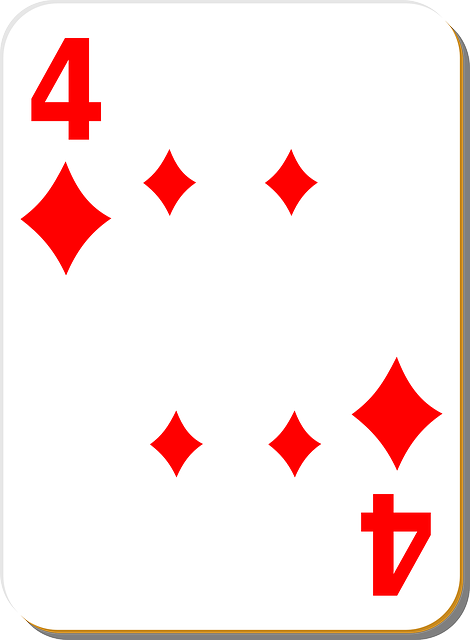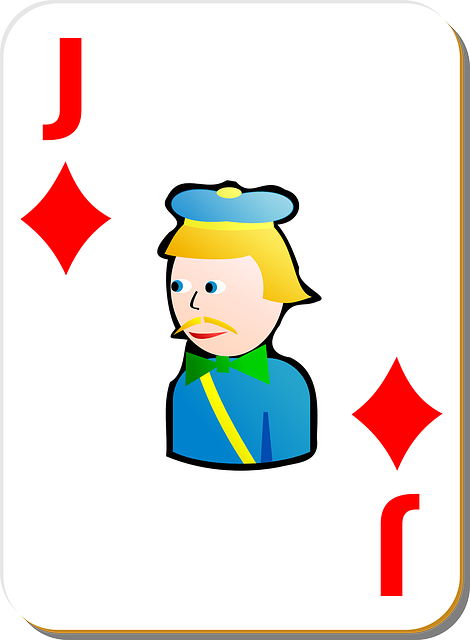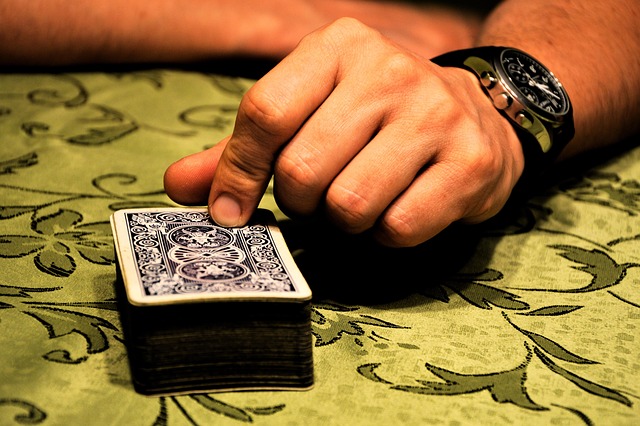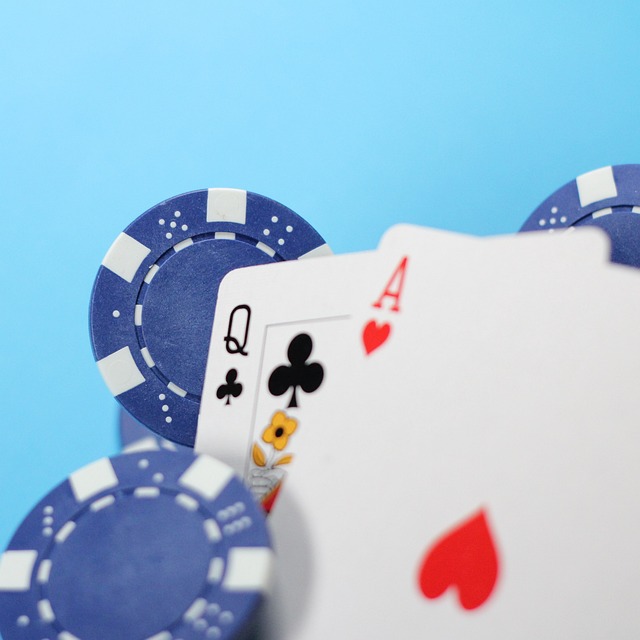Blackjack card counting is a strategic method where players assign numerical values to cards (Aces flexible, 2-10 face value) to track probability and betting odds, using systems like Hi-Lo. By adjusting bets based on the 'count', players aim to minimize the house edge and maximize gains during positive counts while minimizing losses during negative ones, improving overall blackjack strategy.
Unleash your inner blackjack pro with our comprehensive guide to card counting. Discover the art of understanding, tracking, and utilizing card counts to gain an edge at the table. We demystify the strategies behind this popular technique, delving into the mathematics that makes it tick. Learn how to implement a card count system effectively, making each hand a calculated risk. Start counting your way to victory with our beginner’s guide to mastering blackjack like never before.
- Understanding Blackjack Card Counting: A Beginner's Guide
- The Mathematics Behind Card Counting Strategies
- Implementing and Tracking Your Blackjack Card Count
Understanding Blackjack Card Counting: A Beginner's Guide
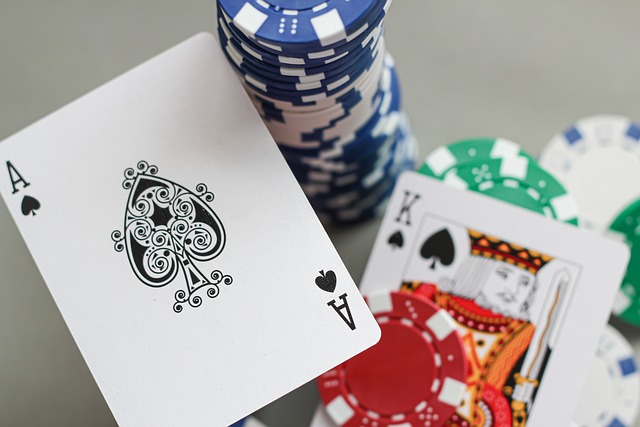
Blackjack card counting is a popular strategy among players aiming to gain an edge at the casino table. It involves tracking the cards that have been dealt, categorizing them as favorable or unfavorable to the player, and adjusting bets accordingly. This method leverages probability and memory to make informed decisions about when to hit, stand, split, or double down.
For beginners, understanding card counting starts with recognizing the numerical values of cards: Aces count as either 1 or 11, while cards 2–10 have their face value. The basic strategy is to assign a positive or negative point value to each card based on its impact on the player’s hand and the dealer’s upcard. By practicing this system, players can quickly assess the odds of winning and adjust their bets to maximize potential gains in the game of Blackjack.
The Mathematics Behind Card Counting Strategies
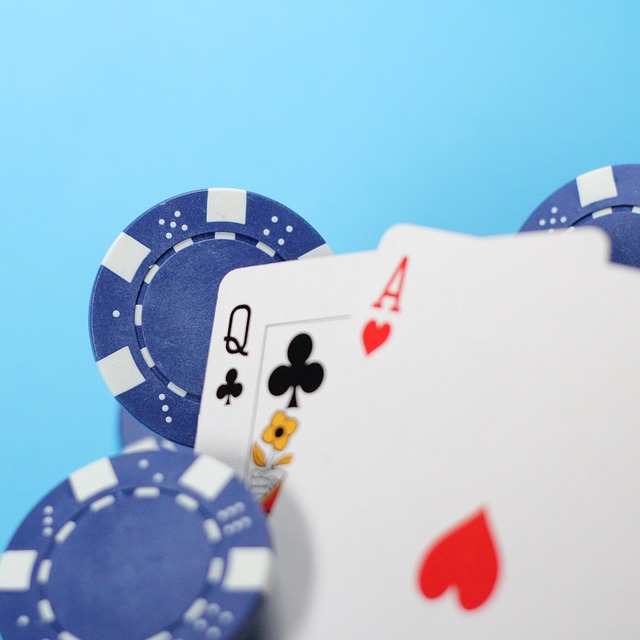
In the world of blackjack, card counting is a strategy that involves keeping track of cards that have been played to gain an advantage over the house. The mathematics behind this technique is quite intricate, relying on probability and expected value calculations. By assigning numerical values to each card (with face cards and 10s typically assigned higher values), players can calculate the ‘count’ at any given moment. This count dictates when to wager more or less, based on whether the player or dealer is likely to win on average.
In terms of implementing a card counting strategy, players must decide on a specific system—some popular options include Hi-Lo and the more advanced Kobold method. Once chosen, the count is adjusted as each new card is dealt, allowing for informed decisions about when to hit or stand. Mathematically, the goal is to reduce the house edge by taking advantage of positive counts, while negative counts suggest a shift in favor of the casino. This dynamic nature of card counting keeps it an intriguing and challenging strategy for dedicated blackjack enthusiasts.
Implementing and Tracking Your Blackjack Card Count
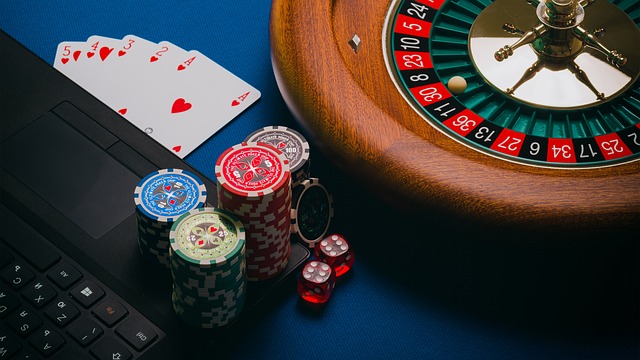
Implementing and tracking your blackjack card count is a crucial step in mastering the game. It involves assigning numerical values to each card based on its suitability for your strategy, with face cards (Jacks, Queens, Kings) typically assigned higher values due to their potential to total 21, and Aces given a value of 1 or 11 depending on what benefits your hand more. As you play, you update this count in real-time—upping it when high cards are dealt to the table and lowering it when low cards appear.
The key is discipline and consistency. You must adhere to a pre-determined counting system, such as the Hi-Lo method (assigning +1 to cards 7-9 and -1 to cards 2-6), and strictly follow your count during each hand. This allows you to identify trends and adjust your bets accordingly. Regularly review your count throughout the shoe (a complete set of 52 cards in blackjack) to ensure accuracy and make informed decisions on when to hit, stand, double down, or split pairs.
Blackjack card counting is a powerful strategy that, when mastered, can give players an edge at the table. By understanding the mathematics behind it, implementing a system like Hi-Lo or KO, and consistently tracking your count, you can make informed decisions and increase your chances of winning. Remember, practice makes perfect, so keep counting and refining your skills to become a true Blackjack master.
